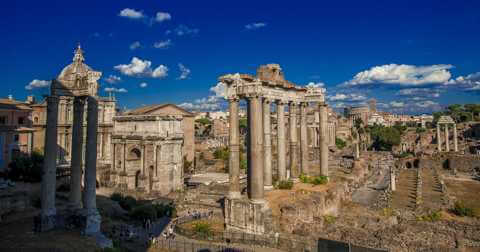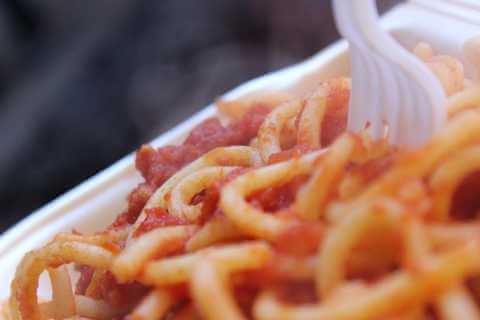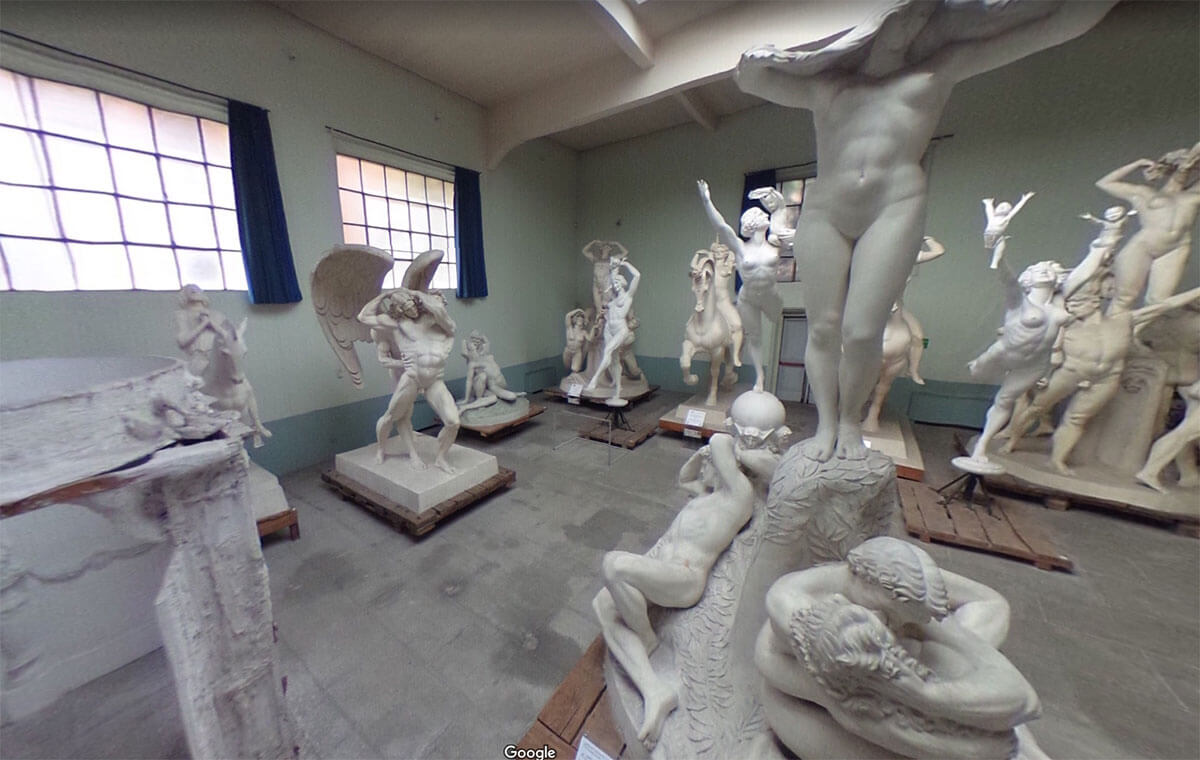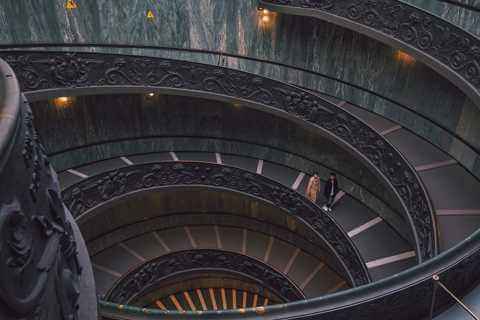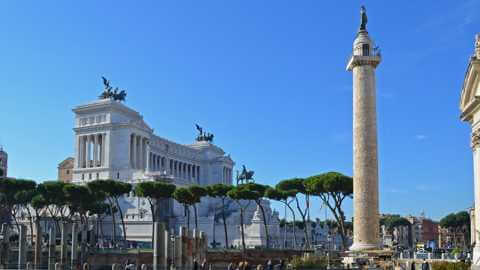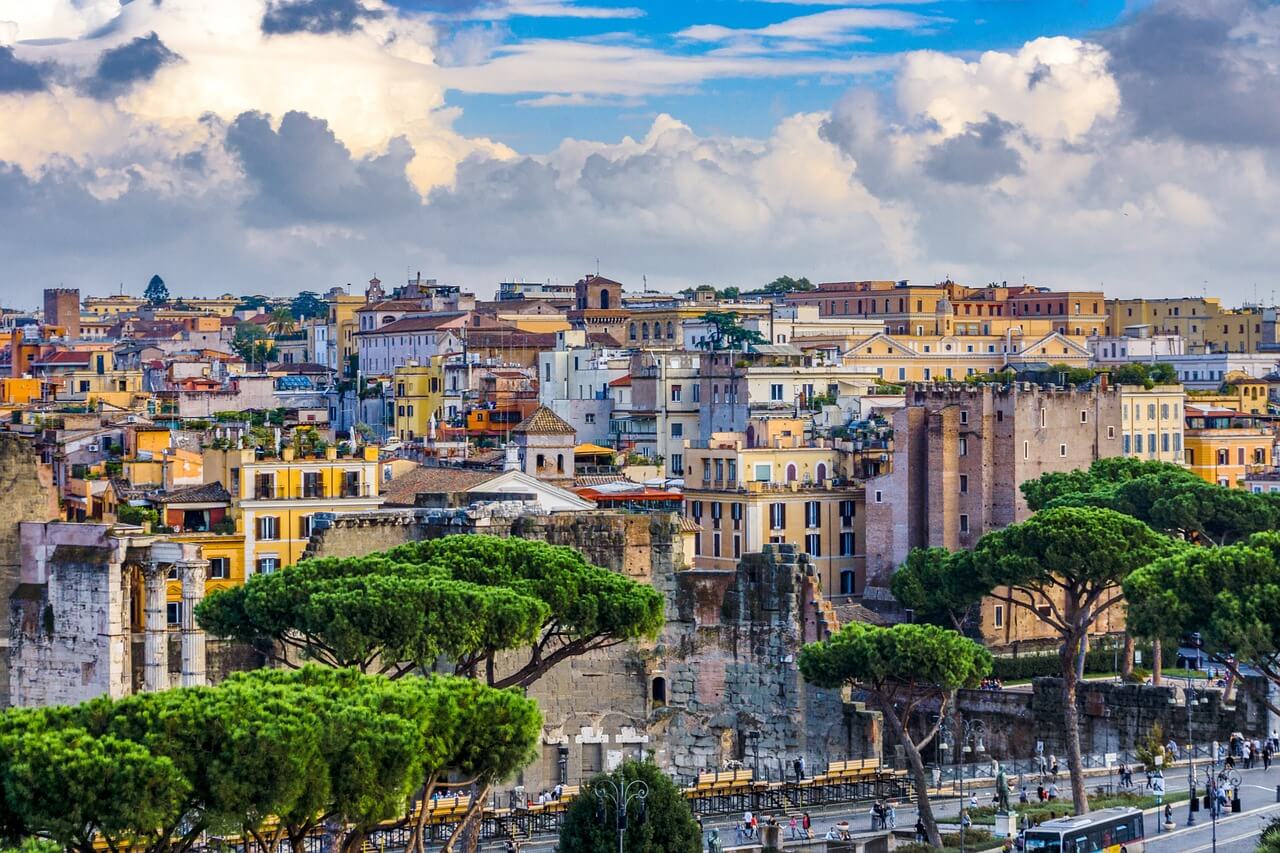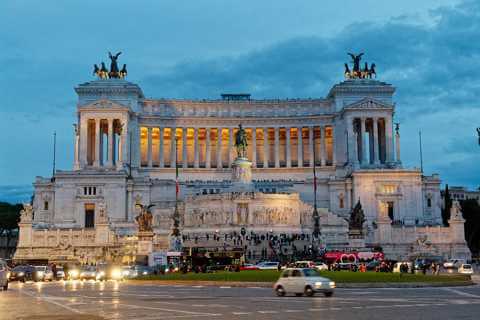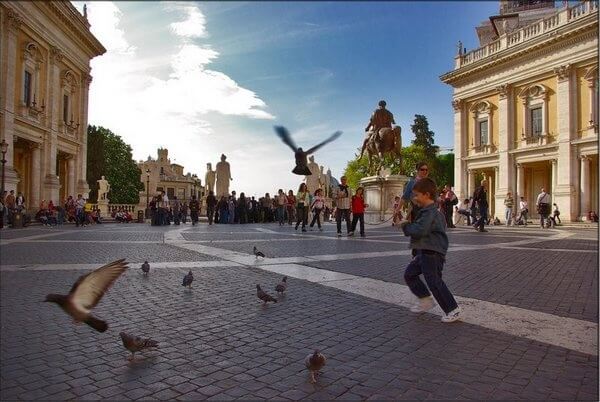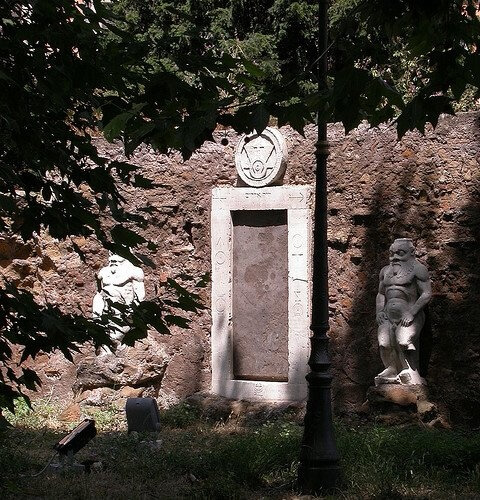The valley of the Forum, marshy and inhospitable, was used between the 10th and 2nd centuries B.C. as a necropolis for the first villages settled on the surrounding hills. It was only around 600 B.C., by the Etruscan king Tarquinius Priscus, that it was drained with the construction of the Cloaca Massima and 'paved' with rammed earth, becoming the centre of city life. The buildings we see today in the Forum are not all contemporary and were not all visible at the same time.
If you walk counterclockwise through the Forum, you will immediately find yourself on the Via Sacra , which crosses it from east to west, on which victorious generals paraded to give thanks at the Temple of Jupiter Optimus Maximus on the Capitol .
On the right is the Basilica Aemilia (in honour of the gens Aemilia), where justice was administered.
Continuing along the Via Sacra, one comes to the great Curia Iulia , seat of the Senate. In front of the Curia is the Lapis niger , the black stone that indicated the grave site of Romulus' death. Beyond the Curia rises the imposing mass of the Arch of Septimius Severus . The short northern side of the Forum is closed off by the Orator's Tribune (the Rostri), which bore the rostrums of the enemy ships defeated at Anzio (338 BC). Between the Rostri and the Tabularium (the Roman state archives), the temples of Concordia, Vespasian and Saturn connect the Forum with the Capitoline Hill. At the south-west corner of the Forum is the Basilica Julia, used for the administration of justice.
In this part of the square stand many statue bases and a column dedicated in 608 A.D. to Emperor Phoca . To the east of the Basilica Julia stand the three surviving columns of the Temple of the Dioscuri and in the central part of the Forum the Temple of Divus Julius (29 BC), dedicated to the deified Julius Caesar.
Immediately east of the Temple of Caesar is the Regia, a building attributed to the second king of Rome, Numa. Opposite the Regia stands one of the oldest and most important sanctuaries in Rome, the Temple of Vesta , with the annexed House of the Vestal Virgins. To the east of the Temple of Antoninus and Faustina is the Temple of Romulus.
The huge rectangular building immediately to the east is the Basilica of Maxentius , built by the emperor in the early 4th century. At the north-western end of the Forum stands the Temple of Venus and Rome, the work of Emperor Hadrian (135 AD). Closing the Forum on the short northern side is the Arch of Titus (c. 81 AD).

